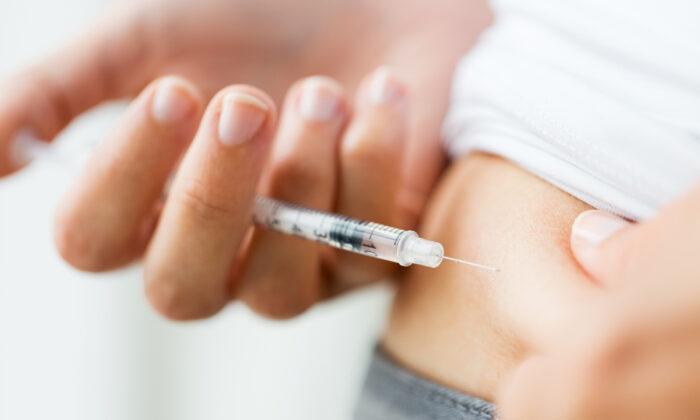Could a walk help prevent diabetes? Yes, as it turns out—and the faster the pace, the better. New research shows that brisk walking could cut diabetes risk by up to 39 percent.
How Walking Speed Directly Affects Diabetes Risk
Researchers analyzed 10 previous studies conducted between 1990 and 2022 that linked walking pace to the development of Type 2 diabetes in adults. The final systematic review, published in the British Journal of Sports Medicine, spanned the United States, the UK, and Japan.- Easy/casual pace (less than 2 mph): 15 percent lower risk
- Normal pace (2–3 mph): 24 percent lower risk
- Fairly brisk (3–4 mph): 39 percent lower risk
Why Walking Speed Matters for Diabetes Risk
Researchers believe that speed is a factor in the prevention of Type 2 diabetes because walking speed is an indicator of overall health status.“Apparently healthy people who can walk briskly are more likely to participate in daily physical activity programmes,” the researchers wrote.
Additionally, brisker walking paces are linked to superior cardiorespiratory fitness—itself linked with lower diabetes risk. Cardiorespiratory fitness pertains to the capacity of the circulatory and respiratory systems to deliver oxygen to the muscles throughout continuous physical exertion.
The researchers also tied walking speed to muscle strength, noting that muscle loss can prompt inflammation and increase one’s diabetes risk. Moreover, brisk walking may decrease body weight, waist size, and body fat percentage—all of which can boost insulin sensitivity and ensure the body can deal with blood sugar effectively.
1 in 10 Americans Now Have Type 2 Diabetes
Roughly 38 million Americans have diabetes. Of those cases, 90 to 95 percent have Type 2 diabetes specifically. Historically, the condition has developed in adults older than 45. However, Type 2 diabetes rates are increasing among children, teens, and young adults, according to the Centers for Disease Control and Prevention.Type 2 diabetes is caused when cells are no longer responding normally to insulin. Insulin shuttles blood sugar into cells, where it can be used for energy. When there’s insulin resistance, however, the pancreas will continue to make more insulin until, eventually, it can’t keep up. This results in high blood sugar, which causes slow but cumulative damage to vital organs, increasing the risk of heart disease, vision loss, and kidney disease.







